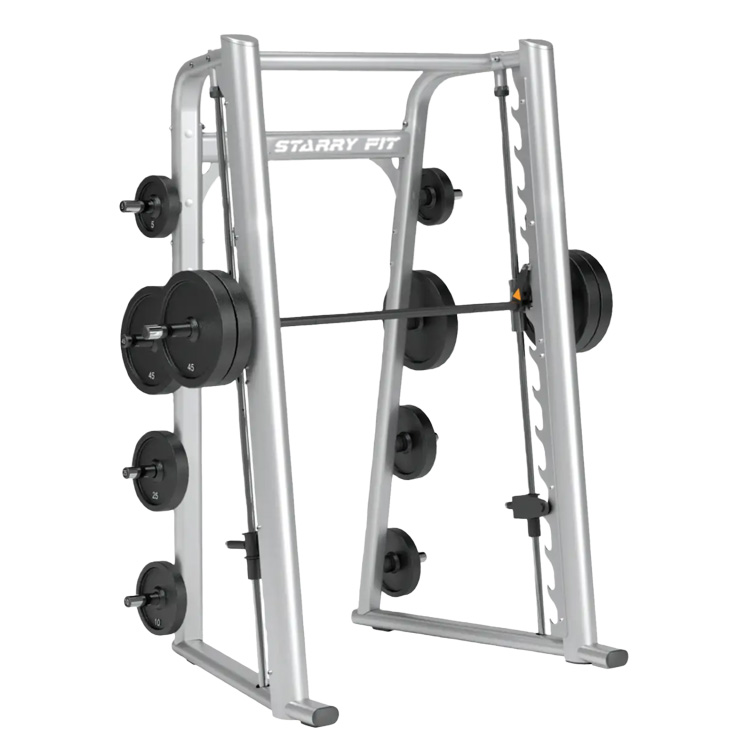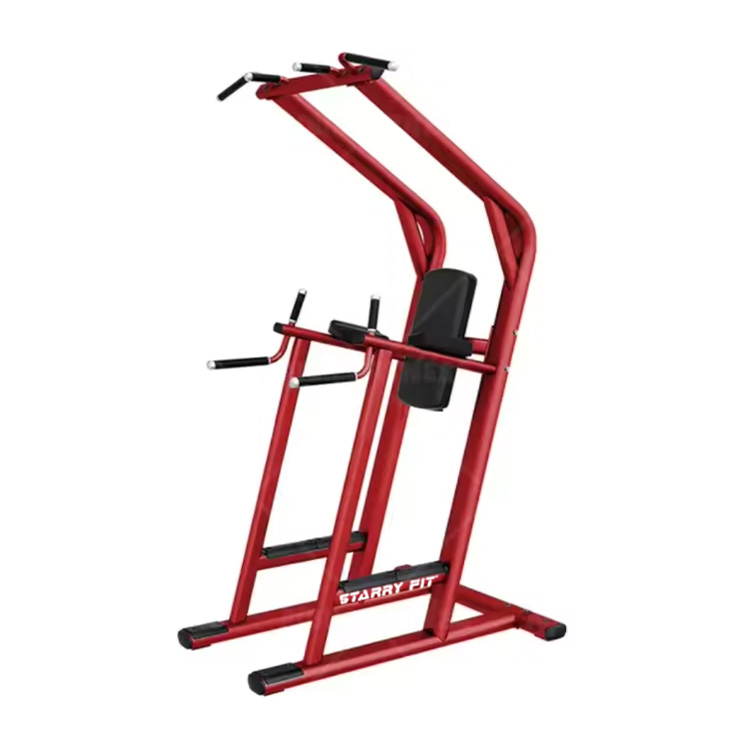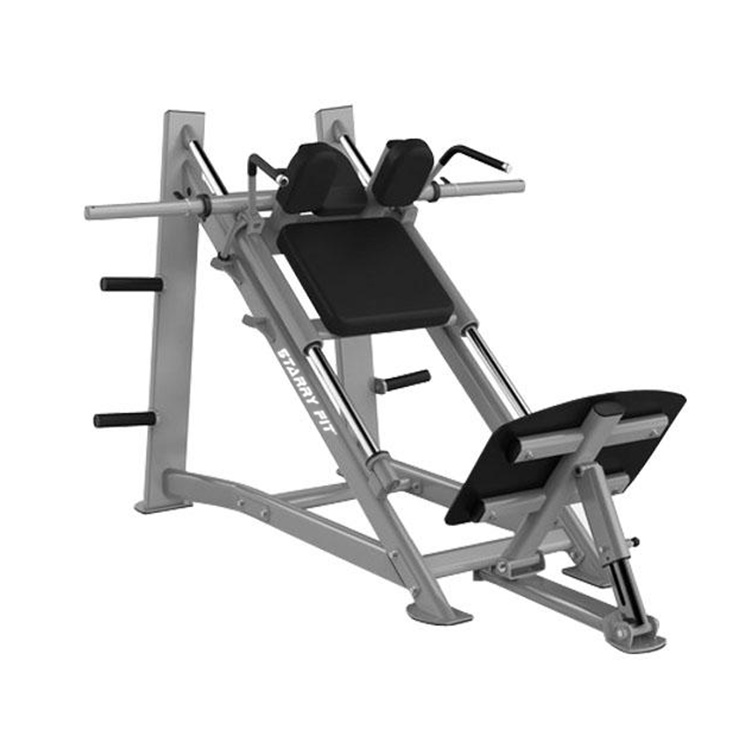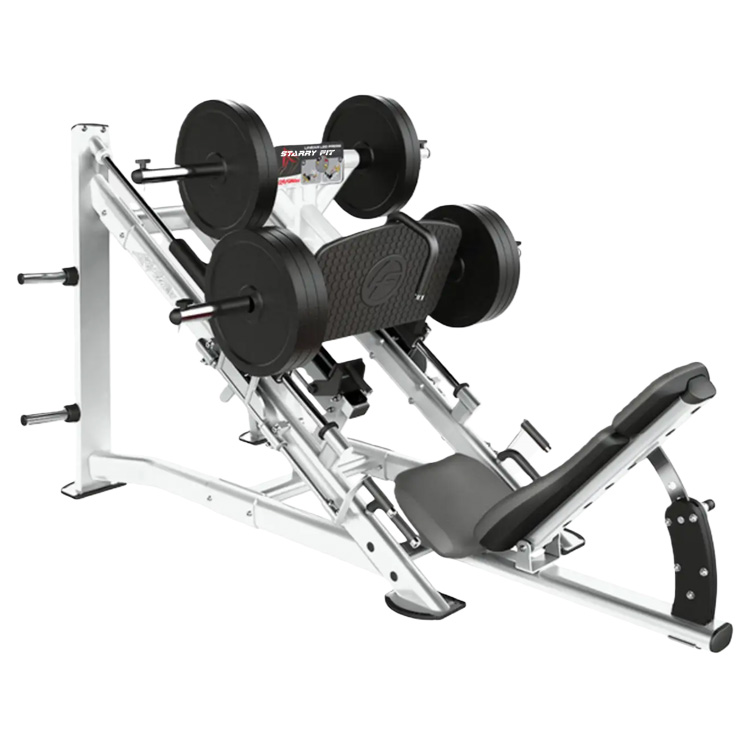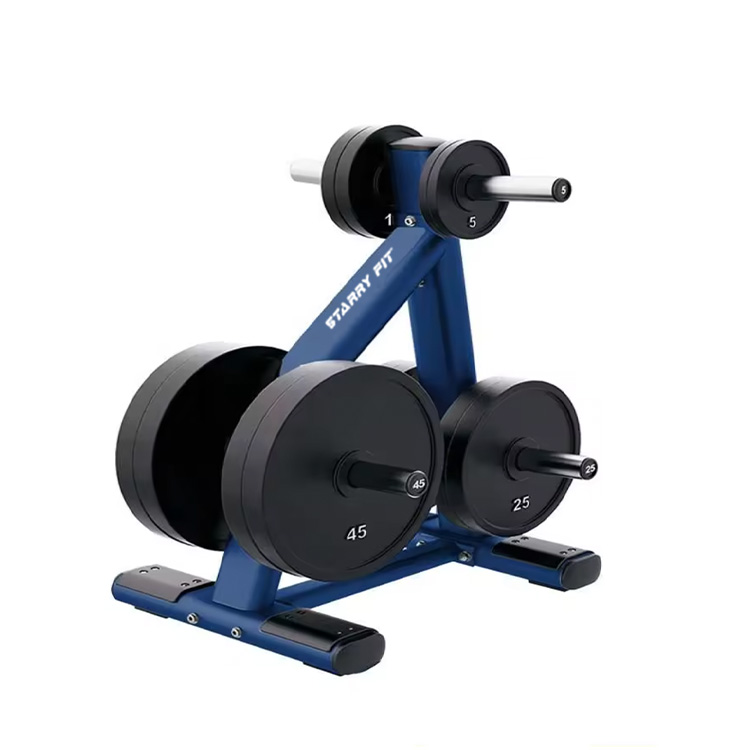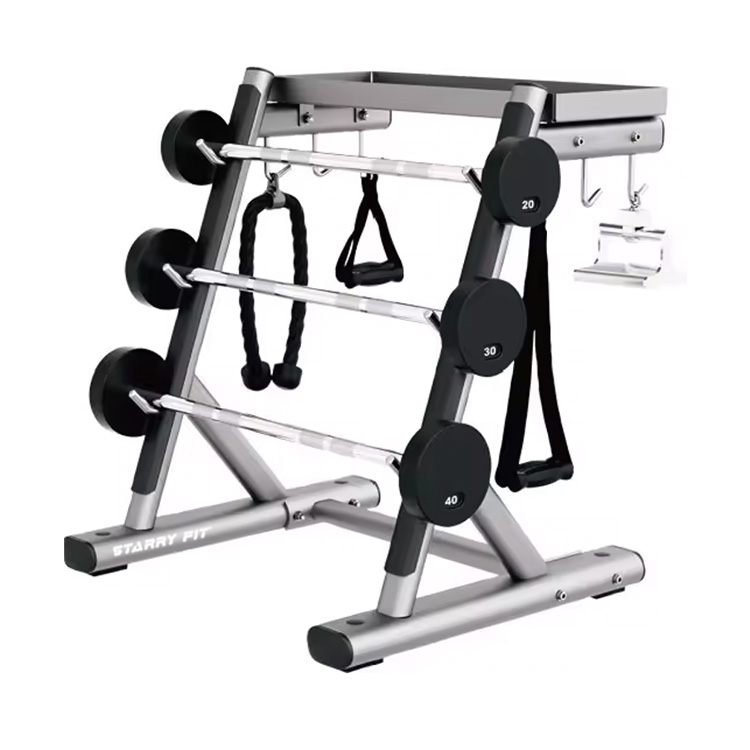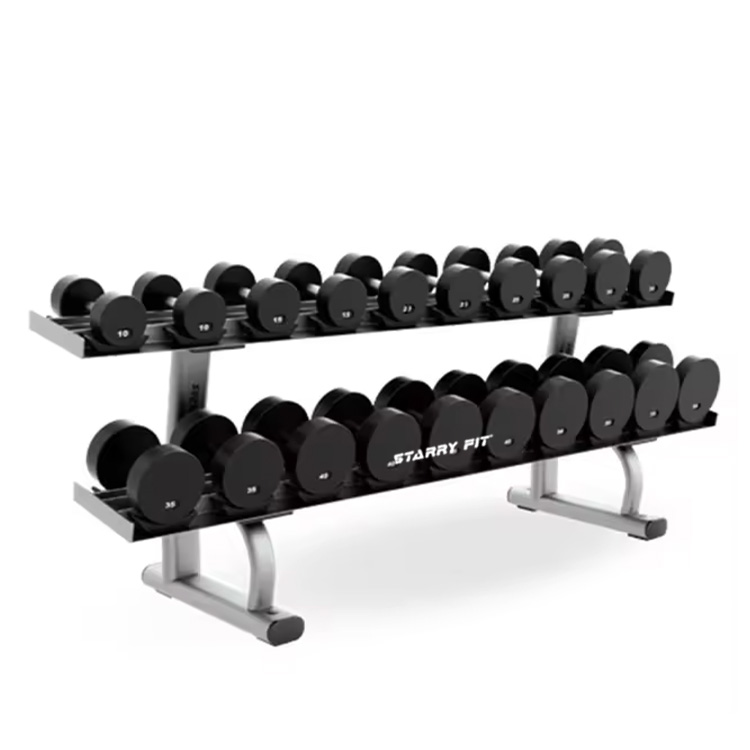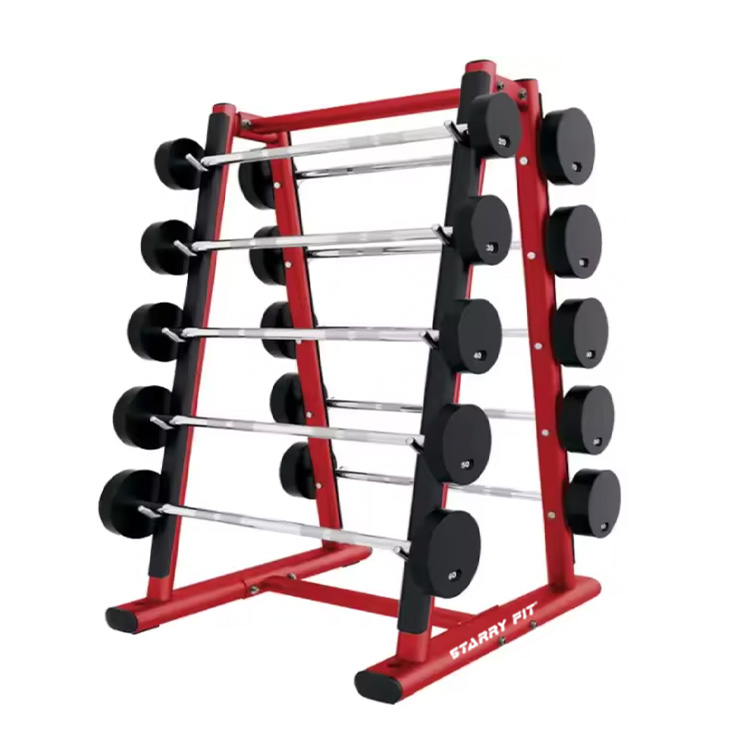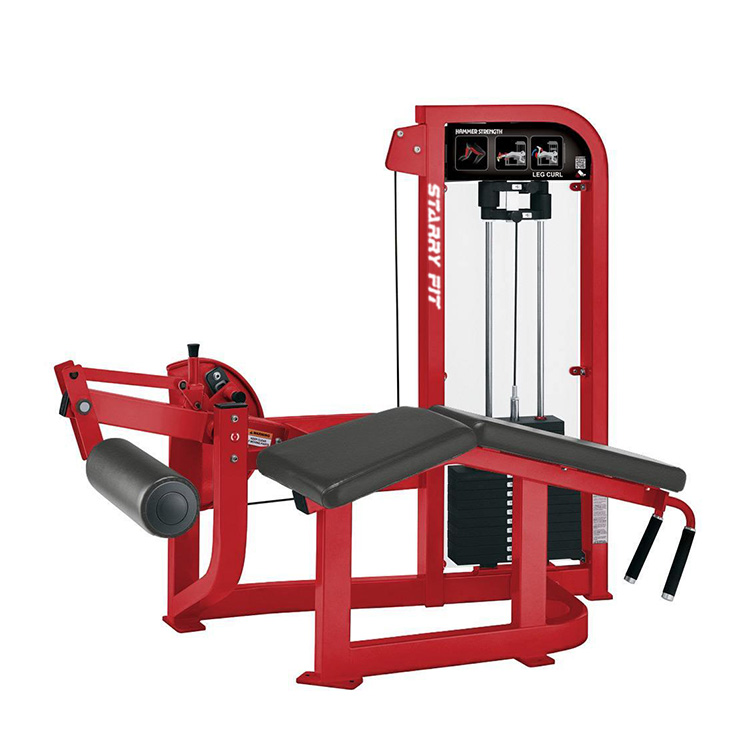The Ab Wheel is widely acknowledged as a "killer" for abdominal muscles, but many people experience lower back pain after exercising, even experiencing lumbar discomfort. This isn't the wheel's fault, but rather incorrect form or core dysfunction! Understanding these three most often overlooked details will help you achieve abs safely and effectively.
1.3 Causes of Lower Back Pain & Solutions
Problem 1: Compensating with a Sagging Back
Symptoms:
When pushing out, the lower back sinks and the abdomen relaxes.
When pulling back, use the lower back to "arch" the back.
Solution:
Maintain a posterior pelvic tilt throughout the exercise (imagine your tailbone curling toward your navel).
Feel your lower back: If your lumbar spine sags, stop immediately and readjust.
Visual Tips:
Correct Form → Back like a "flat board" with tight abdominals
Incorrect Form → Lower back slumps like a "suspension bridge"
Problem 2: Core not activated, relying solely on hip flexors for pull
Signs of the move:
Anterior thighs (hip flexors) feel more sore than abdominals
Move too quickly, relying on momentum
Solution:
First, do the "dead bug pose" to activate your core (lying on your back with your legs raised, lower back flat on the floor, hold for 30 seconds).
Slow down: Push out for 3 seconds, then push back in for 3 seconds.
Self-assessment Tip:
If you experience uncontrollable trembling at the bottom, your core is weak and you should return to a kneeling position.
Problem 3: Instability in the shoulders and back, forcing the lumbar spine to compensate
Signs of the move:
Shoulders hunched forward, arms shaking
Shoulder blades bulge when pushing out ("winged shoulders")
Solution:
First, practice the "plank" to strengthen your shoulders and back (be able to hold it steadily for 1 minute before trying the ab wheel).
Imagine "pushing the floor" with your hands to activate your serratus anterior muscles.
2.Safety Training Plan (Progressive Phases)
Phase 1: Beginner Adaptation Training
Wall Roll (Facing a wall, with the wheel against the wall, move back and forth slightly)
Sets: 4 sets x 10 reps
Phase 2: Standard Kneeling Exercise
Key Details:
Place a cushion under your knees
Do not extend the wheel above your head (to avoid hyperextension)
Sets: 3 sets x 8-12 reps
Phase 3: Advanced Standing Exercise
For core strength only!
Assistance Options:
Face a wall to limit the range of the roll
Use a resistance band hung from a door to assist with pullbacks

3.Three Dangerous Maneuvers to Avoid
Blindly Pursuing Range of Movement → Lumbar Hyperextension (Preferring incomplete extension to maintain core engagement).
Explosive, Rapid Rolling → Inertial Compensation (Losing control is most likely to injure the lower back).
Daily Training → Muscles Fail to Recover (3-4 times per week, abdominal muscles require 48 hours to recover).
4.Emergency Treatment for Lower Back Pain
Stop training immediately to avoid further injury. Apply ice for 10 minutes (to relieve muscle inflammation).
Do the "Cat-Cow" stretch:
Lie on your hands and knees. Inhale, bend your back and lift your head (Cow Pose).
Exhale, arch your back and lower your head (Cat Pose).
Repeat 5 times.
If pain persists for more than 3 days, see a doctor for lumbar disc problems.
5.Abdominal Wheel FAQ: FAQs from Beginner to Master
Q1: Can the ab wheel really build abdominal muscles?
Yes, but it requires body fat control (body fat ≤15% for men and ≤20% for women to show abdominal muscles). The ab wheel primarily targets the rectus abdominis, transverse abdominis, and core stability.
Q2: How many ab wheel exercises should be done daily for effectiveness?
Beginners: 3 sets of 8-12 reps (kneeling)
Advanced: 4 sets of 15-20 reps (standing)
3-4 times per week is sufficient; muscles need time to recover.
Q3: Why are my arms and back sore after exercise, rather than my abs?
Incorrect core engagement can lead to:
Arm soreness → shoulder and back compensation (keep your shoulder blades stable)
Back soreness → slumped back compensation (tighten your abdomen and tilt your pelvis backward)
Q4: Kneeling vs. standing: Which is better for beginners? Kneeling is safer:
Reducing the lever length reduces lower back stress.
It's recommended to complete 30 standard kneeling reps before attempting standing.
Q5: What exercises with an ab wheel build muscle the fastest?
Best combinations:
Hanging leg raises (for lower abs)
Russian twists (for side abs)
Planks (for core stability)
Q6: Is it more effective to do an ab wheel on an empty stomach in the morning?
Yes, but be aware of the following:
Drink warm water first to prevent hypoglycemia.
Reduced intensity (fatigue can occur on an empty stomach).


 ENG
ENG
 English
English Français
Français Español
Español عربى
عربى